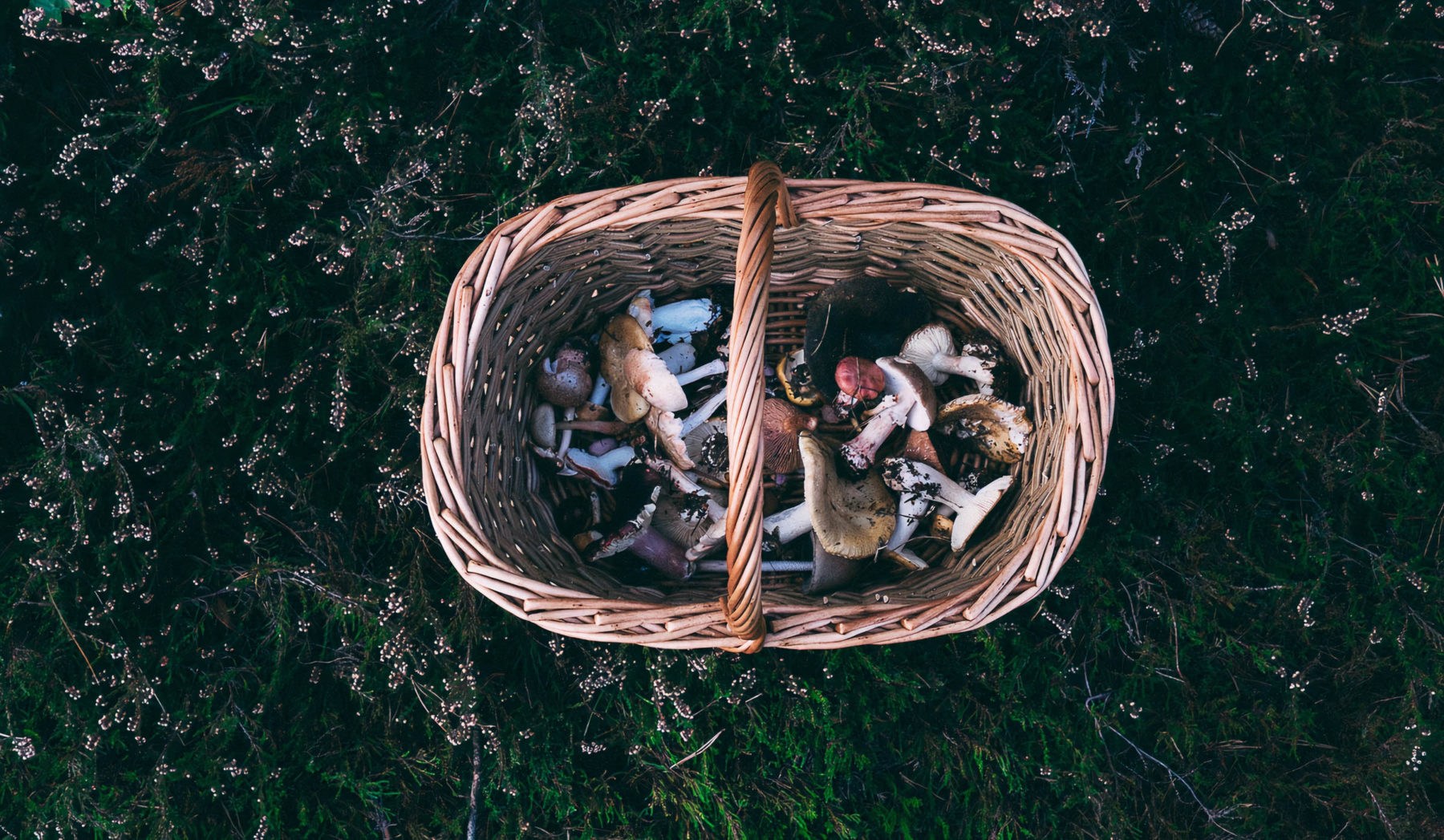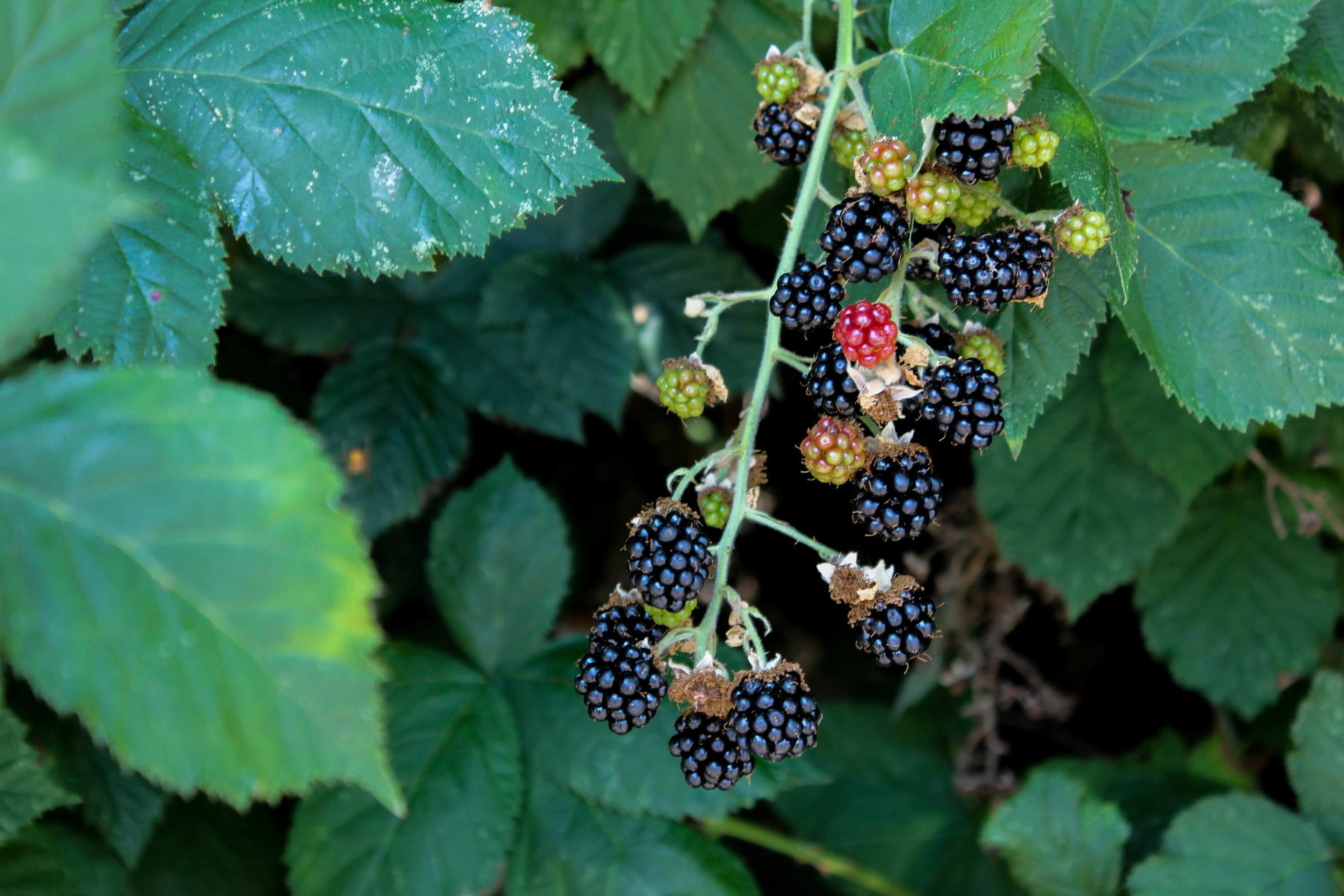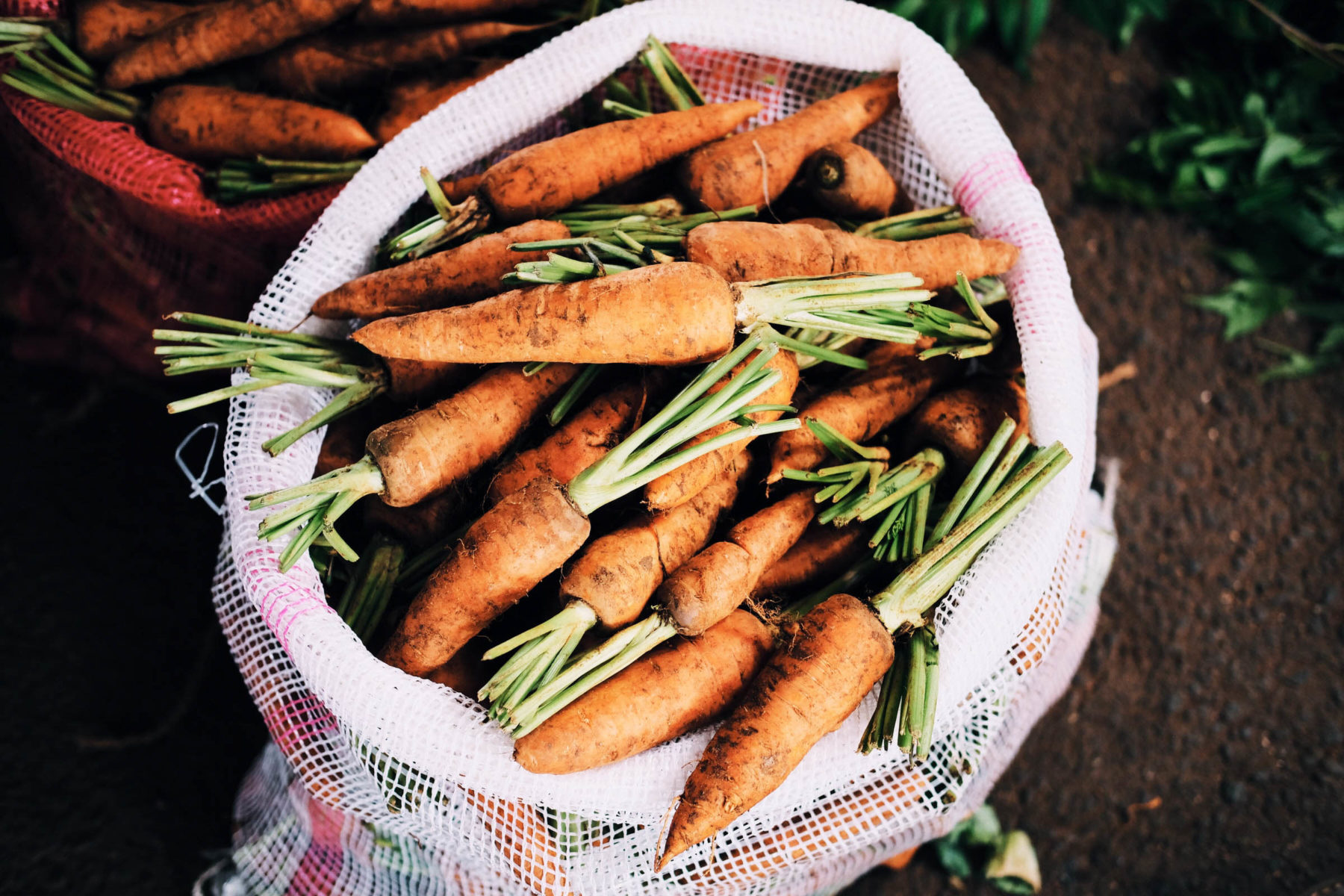The ABCs of Foraging Food in Wild Texas

Some of y’all never took a Home Depot bucket, your mom’s good wooden spoon and your boredom outside to gather a bunch of leaves and twigs and berries from your neighbors’ yards to make Yard Salad Soup — and it shows.
Had I known then what I know now about foraging for food in the Texas wild, that bucket of nature slop could have become actual sustenance. Would have been nice during those endless summer days when I accidentally locked myself out of the house while my parents were at work.
Whether you’re a certifiable outdoors person, a hiking fanatic or just a nature enthusiast like myself, having the capability to identify edible plants while out on the trails or neighborhood is a great skill. It’s the kind of skill that will not only provide you with a sense of confidence and preparedness for the unknown, but it will also make you look insane to your neighbors.
Dr. Mark “Merriwether” Vorderbruggen is the creator of Foraging Texas and author of the “Idiot’s Guide to Foraging.” His website serves outdoorsy and outdoor-curious Texans alike as an index for dozens of native plants that are either edible or medicinally usable. We’ve pulled a few of the most common plants around Texas for a quick list to bookmark for your next adventure outside. Check out his resources and others online to learn more about each plant and how to safely identify them.
Join me on this journey:
Agave
The agave is a cactus-adjacent plant that is a natural powerhouse when it comes to its utility. Everything from the root to the sap to the flower to the fibers in the leaves can be eaten, applied or used to make useful concoctions.
Amaranth
Ancient grains are so hot right now, and amaranth is finally getting some attention. You can find this plant growing abundantly in sunny, open fields or concrete wastelands.
Black Walnut
It’s where the Texas cafe chain surely gets its name, though cracking walnut shells isn’t for the faint of heart. These nuts are abundant across Texas and provide essential fat and protein in a pinch.
Blackberry
Today I learned blackberry brambles grow plentiful in Texas, especially near coastlines or stream edges! The more plump and black the berry, the sweeter the juice.

Cactus (Prickly Pear)
If you’re not eating nopalitos in your breakfast tacos, you’re doing it all wrong. Similar to agave, the prickly pear cactus is a helpful heap of uses and juices.
Dandelion
This little local weed is one your neighbors might raise an eyebrow about, but dandelion is wildly nutritious and boasts a lot of medicinal benefits. So next time you’re weeding, snag a few for your kitchen.
Elderberry
Today was also the day I learned that Texas is home to elderberries, aka the internet’s natural remedy to all that ails you.
Frog Fruit
Similar to elderberries, frog fruit leaves have a ton of medicinal properties within them and can be found just about anywhere the Texas sun hits the ground.
Goldenrod
Spruce up your salads with young goldenrod leaves. But be warned, as Dr. Vorderbruggen writes, “Goldenrod is the last flower of the season for bees to collect nectar. If you take many of the flowers, you may prevent a beehive from getting enough nectar to get through the winter.”
Honeysuckle
A key ingredient in my Yard Salad Soup, the Japanese Honeysuckle specifically can be eaten from the flower to the vine and, yep, even the center nectar that we kids loved to pluck. Japanese Hawkweed
A cousin to the dandelion, you can find hawkweed just about anywhere grass grows and pluck them straight from the ground and eat them raw.
Kudzu
This annoyingly persistent weed is currently suffocating my lantanas, so excuse me while I grab my shears and go to town on some kudzu salad. Side note: Lantanas can also be foraged for food!
Mushrooms (Turkey Tail)
Mushroom tea is all the rage, and these turkey tail mushrooms have some powerful medicinal properties. Be careful, however, as you have to operate with 100% certainty when foraging mushrooms.
Nandina
A key ingredient to my Yard Salad Soup, when mixed with other sweet fruits, the berries of nandina can be boiled and reduced to make a mixed fruit jelly.
Onion
There’s a reason they’re in the aromatics family, as you can get a whiff of these wild, bulbous buddies from a mile away. Wild onions are a great addition to any forager’s meal!
Pecan
Just crack ’em and snack ‘em.
Pride of Barbados
Not just great to look at, these beautiful, flowering bushes also produce edible seeds from their peapods! You see these bright, fire-like flowers everywhere there’s thoughtful landscaping, so please don’t go peeping around your neighbor’s peapods without permission.
Queen Anne’s Lace (Wild Carrots)
While these wild carrots are slightly uncommon, when you do come across them, they’re great for soups from seeds to shoots. But be wary, Queen Anne’s Lace looks very similar to a very deadly-when-ingested plant.

Redbud
Like the Pride of Barbados, redbud peapods can also be plucked and eaten. But unlike the Pride of Barbados, you can eat the redbud’s flowers! These trees are commonly found in landscaping, too, so please knock on your neighbor’s door before you go making a redbud stir fry.
Sunflowers
We know the seeds of sunflowers serve as a good, salty snack (if you get to them before the birds do), but the young flowers can also be boiled, buttered and served up at snack time.
Turk’s Cap
This commonly-found shrub is a wild food-foraging goldmine, with its flowers, fruit and leaves all providing nutrient-dense sustenance!
Willow
More medicinal than nutritional, the bark and twigs from willow trees provide anti-inflammatory benefits when steeped into a tea.
Yucca
And finally, that yucca plant in your front flower bed that’s survived Texas’ wacky weather is another great resource for you to forage. The fruit, flowers and flower stalk of this plant provide both nutrition and utility — just don’t eat anything poky. You might die.
About the Author

Sadie Flynn is a CrossFit Level 2 Trainer and former collegiate athlete with a penchant for power lifts. As a new mom, Sadie is deeply passionate about pregnant and postpartum fitness and wellness and works hard to help women take care of their bodies before, during and after birth. When she’s not coaching at CrossFit Renew or forcing her 90s alternative music beliefs upon you, you can find her somewhere outside with a beer, her husband, two dogs and their rambunctious toddler.






